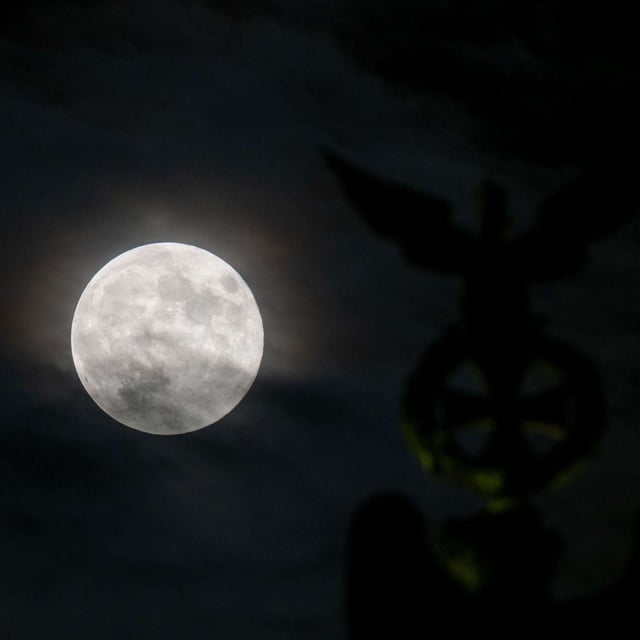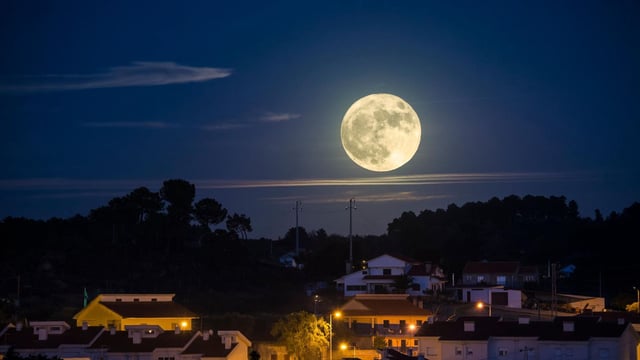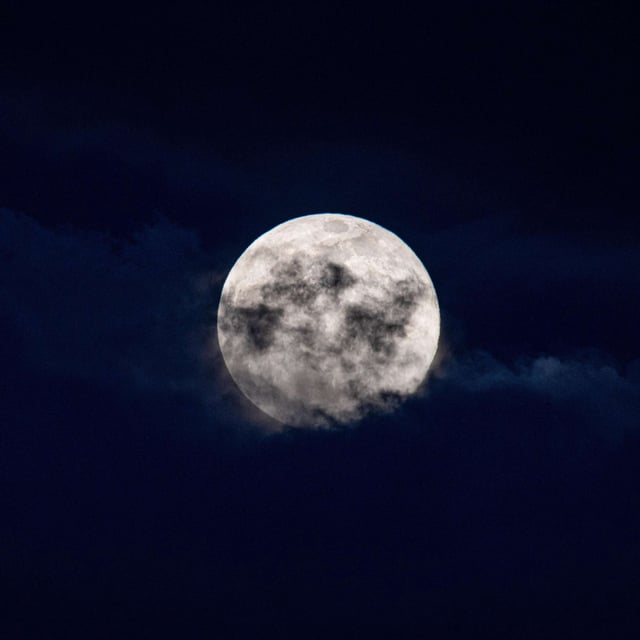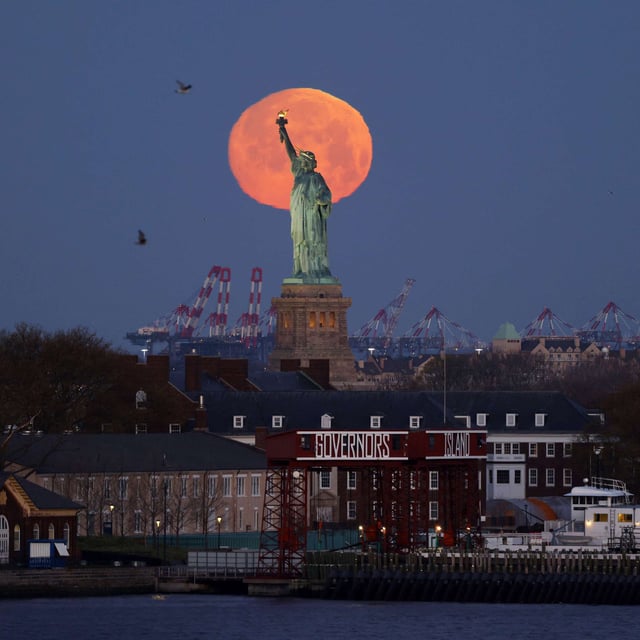Overview
- The Moon reaches full phase around 05:47–05:48 on 7 October at roughly 361,457 kilometers from Earth.
- NASA notes such full moons can appear up to about 14% larger and 30% brighter than the year's smallest, though “supermoon” has no formal astronomical definition.
- The Draconids, debris from comet 21P/Giacobini‑Zinner, are active 6–10 October with the best chance in early evening hours, but glare from the bright Moon will hide many faint meteors.
- Germany’s weather service expects many areas to be partly to mostly cloudy Monday night into Tuesday, further reducing viewing opportunities.
- Observers need no special equipment and may get their best impression at moonrise Tuesday evening, with a closer supermoon expected on 5 November and slightly larger tidal ranges likely this week.



